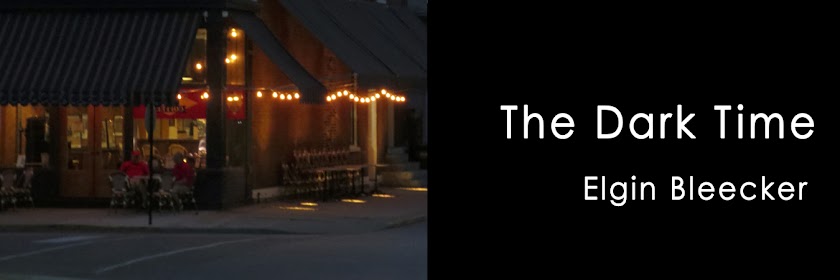“Johnny Come Lately” is a little, independent film from 1943 starring Cagney and produced by his brother William.
Different in many ways from Cagney’s Warner Brothers movies, “Johnny Come Lately” is a quiet, nostalgic picture about a kindly older woman who has been running a small-town newspaper, but who is about to be run out of business by a corrupt mayor and his cronies.
Cagney enters the fray as a free-spirited vagabond who turns out to be an experienced reporter. To help the lady, he takes on the job of running her paper and running the mayor and his flunkies out of town.
The film has tons of charm but struggles against itself. Cagney’s natural personality is too energetic for such a leisurely film. Viewers may grow impatient with a movie that is in no rush to get going and takes too long before bringing Cagney into the story.
 Co-starring with Jimmy is Grace George, a stage actress who spent much of her career on Broadway and made only two films, this one and a previous one in 1915. For an actress with nearly no film experience, Grace George is wonderful, and she is the reason anyone might forgive this movie’s slow pace.
Co-starring with Jimmy is Grace George, a stage actress who spent much of her career on Broadway and made only two films, this one and a previous one in 1915. For an actress with nearly no film experience, Grace George is wonderful, and she is the reason anyone might forgive this movie’s slow pace. Also in the picture in supporting roles are the lovely Marjorie Lord, as the woman’s niece, the great Hattie McDaniel as the woman’s sympathetic cook, Edward McNamara, who antagonized Cagney in several Warner’s pictures, as the mayor, and the loudly exuberant Marjorie Main as the madam of a thinly disguised bawdy house.
“Johnny Come Lately” was based on a novel called McLeod's Folly by Louis Bromfield. It was directed by Hollywood veteran William K. Howard, released through United Artists as a William Cagney Production, and is now available on DVD.








